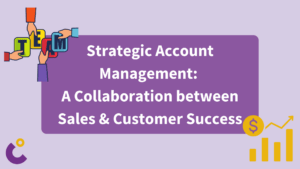
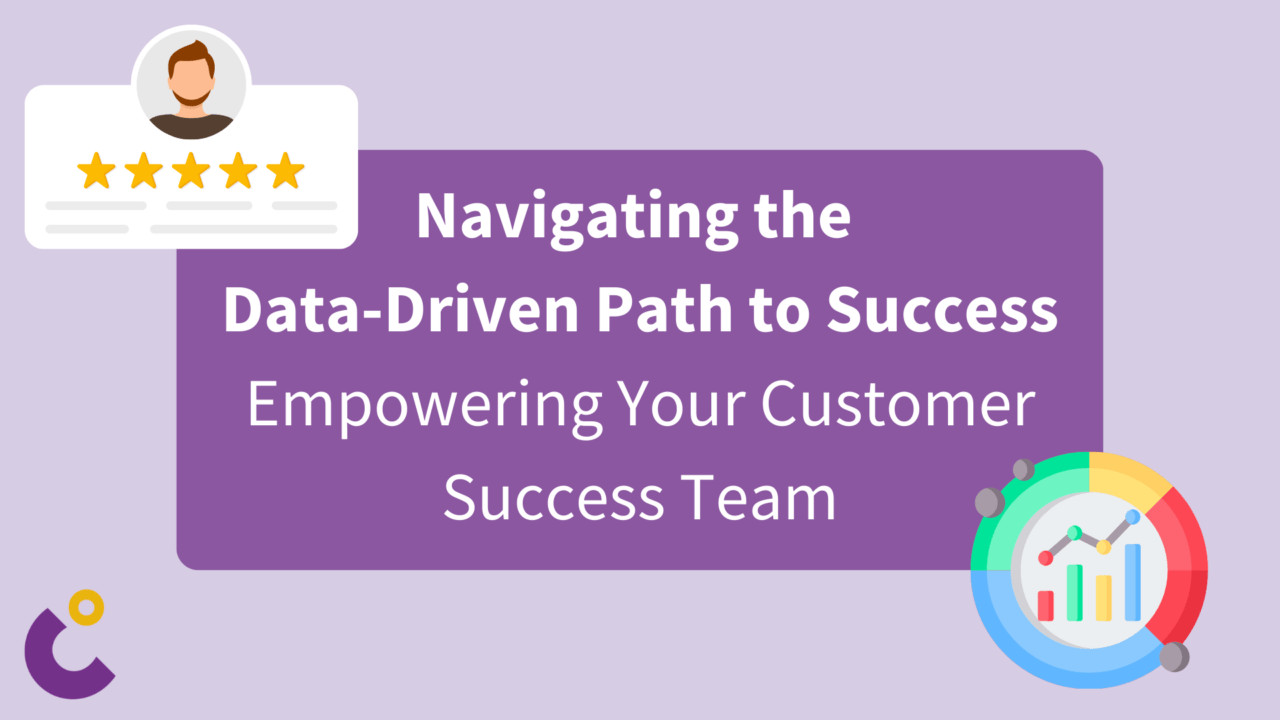
Data Driven Customer Success
Navigating the Data-Driven Path to SaaS Success: Empowering Your Customer Success Team
There is no debate that customer satisfaction holds the key to business growth, especially in SaaS. And in that, building and scaling a high-performing Customer Success team is paramount. Those have been considered hard to measure and somewhat soft in value and ROI in the past. However simply relying on intuition and experience is no longer enough. That’s why we want to dive into embracing a data-driven culture that empowers your CS team to make informed decisions, optimize strategies, and drive long-term customer retention.
Transforming soft value into hard facts
A data-driven approach revolutionizes CS by turning customer interactions and product usage into actionable insights. Over are the times of evaluating customer health based on intuition and predicting renewal probability on your CSMs gut feeling. By harnessing the power of data, you can:
- Gain a deeper understanding of your customers by delving into their behavior patterns, preferences, and pain points to tailor your strategies accordingly
- Predict customer churn as you identify early signs of potential churn and proactively intervene to retain valuable customers
- Enhance your customer experience through continuously improving product features and services based on real-time customer feedback → Check our deep dive on VoC for extra tips on this.
- Measure the impact of your CS activities by quantifying the effectiveness of your strategies and make data-driven adjustments to maximize ROI → We shared our take on turning CS into a true value center in a recent blog post.
What are the Building Blocks of a Data-Driven Customer Success Team
Cultivating a data-driven culture within your CS team requires a structured approach and many moving parts playing together in harmony. Here is what we consider the must haves to establish this analytical mindset in your CS organization:
Establish Data Literacy
Set your team members up for success in this (potentially new) way of working with data. This entails investing in training and resources to ensure your team understands the fundamentals of data analysis and interpretation.
Implement Data Tools and Platforms
Leverage technology to centralize customer data, facilitate data analysis, and provide accessible insights to your team. Whatever tool stack you are using, make sure to avoid lengthy manual steps in the process as they will keep your team members from adopting the tools. Bonus points for going the extra mile around documentation, the more input you have for your systems, the better the output will be.
Encourage Data-Driven Collaboration
Foster a culture where data is shared openly across departments to gain a holistic view of the customer journey. We like to establish those in the business performance cadences that all follow a clear structure with everyone reporting their input metrics into the overarching business goals. Getting into a good habit is everything in this regard!
Embrace Data-Driven Experimentation
Encourage experimentation with new strategies based on data insights, continuously refining your approach. Everything that can be evaluated is worth playing around with, whether the results are positive or negative. Thanks to their empirical nature it is going to be insightful results anyhow.
Celebrate Data-Driven Successes
Recognize and reward team members who effectively utilize data to drive positive customer outcomes. Positive reinforcement can’t be underestimated when you are going through this shift in your team’s mindset. And as always story telling is the perfect tool to make the positive impact of metric-driven work tangible.
Practical Steps for Data-Driven Customer Success
Lastly, let’s turn towards the actual metrics you want to be measuring and the practical use cases of customer data in your CS teams.
- First and most obvious, we can improve our tracking of classic Customer Success Metrics with an increased amount of data collection and evaluation. Monitor metrics such as customer retention, product usage, and customer satisfaction to gauge the effectiveness of your strategies. This will not only serve you as performance metrics, but also help measure the tangible impact of your post-sales teams and measure your ROI.
- Speaking about Customer Feedback, this is actually one of the most powerful areas for you to leverage metrics driven analysis. If you start gathering feedback through surveys, interviews, and in-app feedback mechanisms, you can tie actual data points to an otherwise fairly soft aspect and eventually use them to identify areas for improvement.
- In order to slice and dice customer data in a convenient way, it is super important to invest in customer segmentation. Divide your customer base into distinct segments based on demographics, behavior, or other relevant factors to tailor your approach.
- Based on your different segments, it is also super helpful to create personalized customer journeys e.g. for your buyers, users, different verticals, different use cases, etc. Crafting those unique customer journeys based on data-driven insights will ensure that you enhance customer engagement and satisfaction.
- And last but not least, leverage predictive models to anticipate customer needs and proactively address potential issues. The real value that historic data provides is helping us shape our future strategies. So take this next step and potentially leverage fancy AI, so make the most out of the past data to drive your future growth.
Long story short...
By embracing a data-driven culture, you empower your customer success team to make informed decisions, optimize strategies, and deliver exceptional customer experiences that drive long-term growth and retention. As you embark on this transformative journey, remember that data is not merely a tool – it’s a catalyst for continuous improvement and customer-centric success.
This might also interest you


Beyond Internal Walls: Unlocking the Power of External Customer Journey Mapping
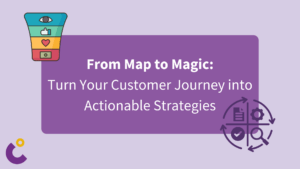
From Map to Magic: Turn Your Customer Journey into Actionable Strategies
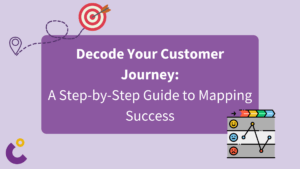
Decode Your Customer Journey: A Step-by-Step Guide to Mapping Success

Beyond the Score: Transforming Net Promoter into a Growth Engine – Net Promoter System
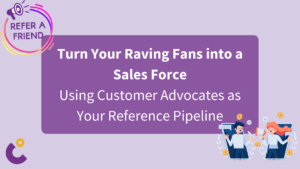
Turn Your Raving Fans into a Sales Force: Using Customer Advocates as Your Reference Pipeline
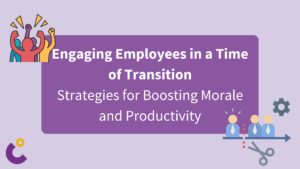
Engaging Employees in a Time of Transition: Strategies for Boosting Morale and Productivity
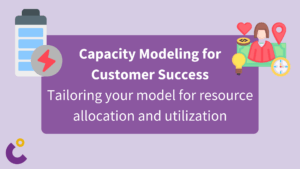
Capacity Modeling for Customer Success
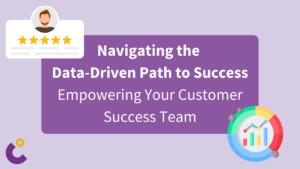
Data Driven Customer Success
